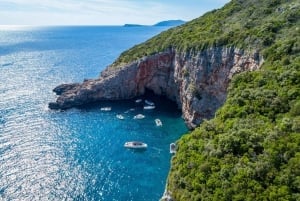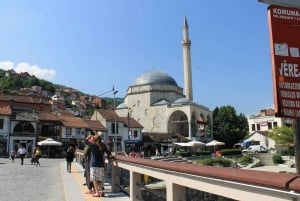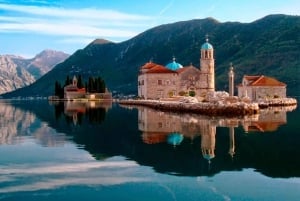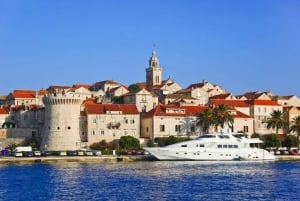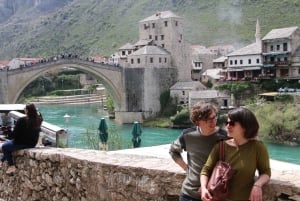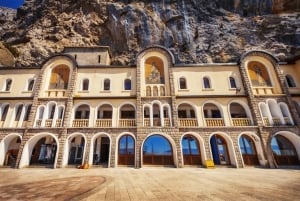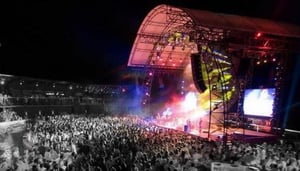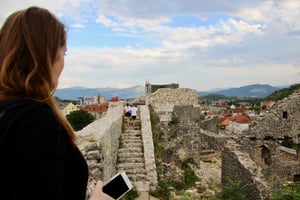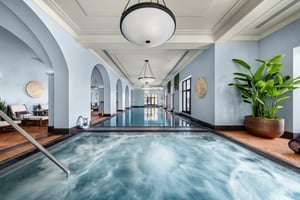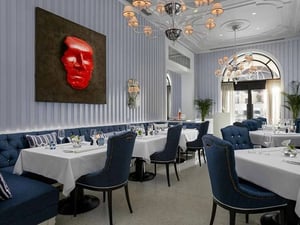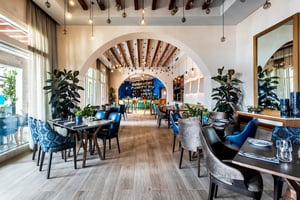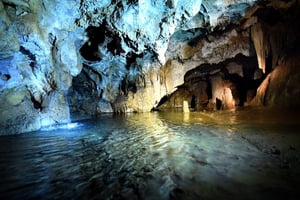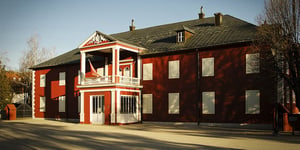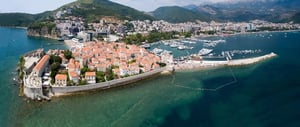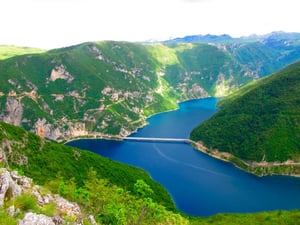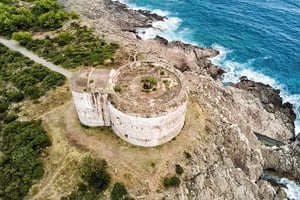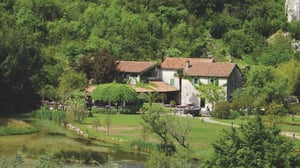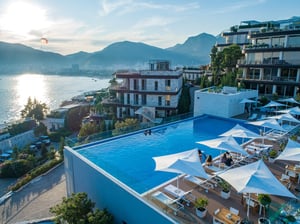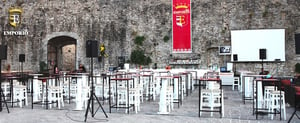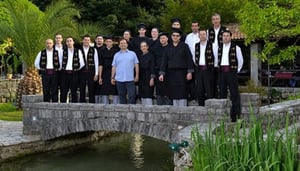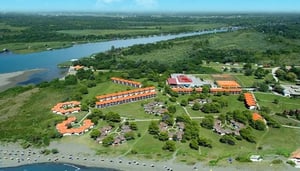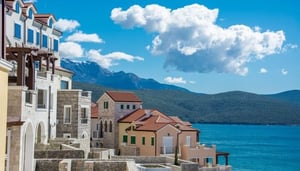Museums and Galleries
Biljarda, the former residence of Petar II Petrovic Njegoš, built according to the design of Jakov Ozereckovski in 1838, is a place for the visitor to truly sense the time, circumstances and conditions in which the great Montenegrin Prince-Bishop, poet and philosopher created his most important works.
Over a whole century, the Montenegrins carefully preserved the legacy of Njegoš, to open a Memorial Museum in the bishop’s renewed residence in 1951.
The building used to have a ground floor and an upper floor with 25 rooms. The upper floor contained: “The Armoury”, Bishop’s bedroom, Bishop’s study, the Billiard Room, “People’s Office”, Njegoš’s secretary bedroom, a room intended for the senators and foreign visitors. The ground floor contained: Bishop’s kitchen, dining room with a fireplace, servant’s room and storage, dining room and “popular kitchen”. Our studies still do not provide us with a detailed and complete description of the interior of Biljarda. There exist such descriptions, though fragmentary and providing only a hint as to what the interior looked like. Weapons hung on the walls, as well as portraits of notable figures that Njegoš appreciated: Russian Emperors Peter the Great and Nikolay I, Napoleon, Friedrich of Saxonia, Karadjordje and Byron.
Billiard, after which the residence is named, is located in the main room.
The Biljarda represents a historical treasure trove because here you can find the most important legacies of Njegoš, such as the original manuscript of “Gorski Vijenac” and 'Noć Skuplja Vijeka”, which is considered one of the most beautiful love poems sung in this region. The museum also contains the original 'testament' by which Rade Tomov (which was Njegoš’ birth name) was determined to be the ruler of Montenegro, as well as the first Montenegrin calendar 'Grlica'.
